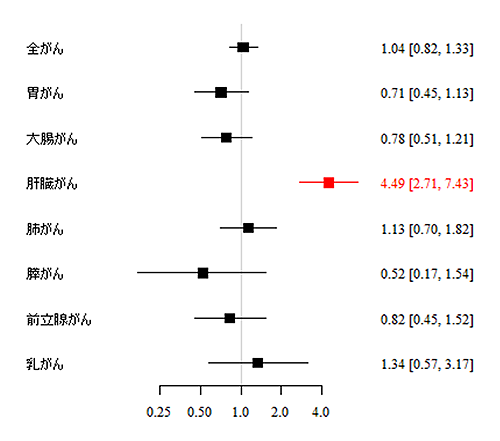2022-09-02 スイス連邦工科大学ローザンヌ校(EPFL)
この分野の研究者の多くは、統合失調症の症状を持つ人(「患者」)と持たない人(「対照」)の違いを明確にするために、単一のパラダイムに焦点を当てる傾向がある。研究者は、この特定のパラダイムにおいて、統合失調症患者の異常の根底にあるであろう遺伝的、神経生理学的、認知的なメカニズムを明らかにしようと試みる。これが、統合失調症を理解するための深層心理アプローチと呼ばれる。
今回、Herzog教授のグループは、121人の精神分裂病患者と75人の対照者の安静時状態脳波(EEG)を分析し、この標準的なパラダイムに挑戦した。複数の信号処理方法を用いて、合計194個の脳波の特徴を抽出した。
194個の脳波特徴のうち69個が患者と対照者の間で有意差を示し、これらの特徴が精神分裂病の重要な側面を検出していることが示されたが、これらの脳波特徴の間の相関は非常に低かった。
この発見に対する解釈は一つではない。「ある解釈は、すべてのEEGの特徴がこの疾患の異なる側面を捉えているというもので、これは統合失調症がいかに異質であるかを如実に示している。
<関連情報>
- https://actu.epfl.ch/news/challenging-the-standard-paradigm-of-schizophrenia/
- https://academic.oup.com/cercor/advance-article/doi/10.1093/cercor/bhac309/6677568?login=false
統合失調症の脳波の多元的変化 The EEG multiverse of schizophrenia
Dario Gordillo, Janir Ramos da Cruz, Eka Chkonia, Wei-Hsiang Lin, Ophélie Favrod, Andreas Brand, Patrícia Figueiredo, Maya Roinishvili, Michael H Herzog
Cerebral Cortex Published:27 August 2022
DOI:https://doi.org/10.1093/cercor/bhac309

Abstract
Research on schizophrenia typically focuses on one paradigm for which clear-cut differences between patients and controls are established. Great efforts are made to understand the underlying genetical, neurophysiological, and cognitive mechanisms, which eventually may explain the clinical outcome. One tacit assumption of these “deep rooting” approaches is that paradigms tap into common and representative aspects of the disorder. Here, we analyzed the resting-state electroencephalogram (EEG) of 121 schizophrenia patients and 75 controls. Using multiple signal processing methods, we extracted 194 EEG features. Sixty-nine out of the 194 EEG features showed a significant difference between patients and controls, indicating that these features detect an important aspect of schizophrenia. Surprisingly, the correlations between these features were very low. We discuss several explanations to our results and propose that complementing “deep” with “shallow” rooting approaches might help in understanding the underlying mechanisms of the disorder.


